8 Perfect Branding Strategies That Will Make Your Business Shine
Developing a strong, recognisable brand is critical for every business that wants to stand out in a crowded marketplace. But what does it take to create perfect branding? There's no one-size-fits-all approach, but by focusing on core principles around consistency, quality, personality and emotion, companies can craft resonant messaging and experiences.
This guide explores eight perfect branding strategies to help you build an iconic, differentiated brand identity that turns casual consumers into loyal brand advocates. From nailing down brand pillars to humanising your company, let's dive into the building blocks for branding perfection.
Defining Your Brand Promise & Essence
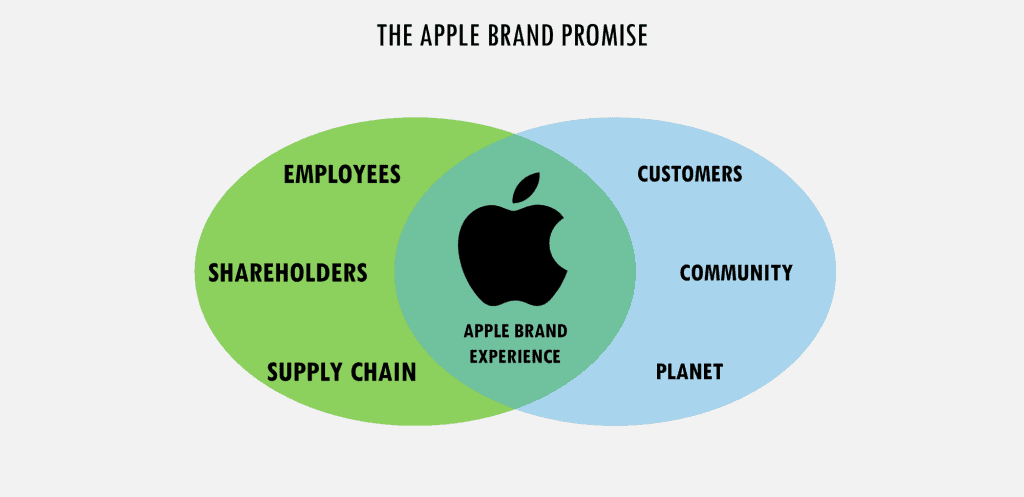
Before developing any external branding, you need clarity on what your brand stands for. This requires defining your brand promise and distilling your brand down to its pure essence.
Pinpoint Your Brand Promise
Your brand promise encapsulates the critical benefit you provide to customers. It's the reason someone should buy from you vs. competitors. Some classic brand promises include:
- Speed and convenience (Amazon with 1-click ordering or Domino's Pizza delivery)
- Quality craftsmanship (yeti coolers or Canada Goose extreme weather jackets)
- Empowerment & democratisation (Shopify making ecommerce easy for anyone or Squarespace simplifying website building)
To determine your brand promise:
- Identify the core customer problem or desire. What brings customers to you? What do they hope to get? Relief from boredom (YouTube), confidence in cooking (Blue Apron recipes), and organisation (The Container Store storage solutions).
- Define how you solve this problem or satisfy this desire better than alternatives. Avoid generic claims like “best quality” that everyone claims and instead get specific on WHERE your quality is superior. A fitness tracker may be more accurate in heart rate monitoring than competitors.
Distill Your Brand Essence
Your brand essence is a short phrase capturing the soul of your brand. Some classic brand essence examples include:
- Just Do It (Nike)
- Think Different (Apple)
- When it Absolutely, Positively has to be there overnight (FedEx)
To define your brand essence:
- Identify 2-5 core brand attributes. What words would you use to describe your brand? Consider product features (handcrafted, eco-friendly) and personality traits (fun, reliable).
- Turn attributes into benefits. Handcrafted -> personal, eco-friendly -> responsible. Translate what attributes say about the BENEFITS you provide.
- String words together in a memorable phrase. Have fun playing with combinations until you land on a phrase that clicks. Test it out on others to make sure it captures your brand.
The tighter you can define your brand promise and essence, the easier it is to maintain strong, consistent branding moving forward.
Researching Your Target Audience

Once you have clarity on your brand, it's crucial to understand who you're speaking to. Many brands make the mistake of having an idealised view of their audience rather than looking at reality. Make sure to research your existing and potential target audiences thoroughly.
Gather Demographic Knowledge
Demographics provide the hard stats on who your different audience segments are.
- Age: Are you mainly attracting Baby Boomers, Gen X or Millennials? Be specific on age ranges.
- Gender: Is your audience predominantly male or female?
- Income Level: Understand the discretionary income levels of your audience. A luxury brand will have higher income targets.
- Geographic Location: Pinpoint exactly where your brand resonates geographically. Certain brands play better coastally vs. middle America, for instance.
Understand Psychographics
Psychographic data reveals attitudes, lifestyles and beliefs driving your audience's choices.
- Values: What values and priorities influence their view of the world? Are they traditional or progressive in viewpoint? Is it generous or ambitious?
- Interests: Note any hobbies, passions and communities your audience engages in. Car brands connect heavily with racing fans, and golf equipment makers target golf fanatics.
- Lifestyle: Paint a picture of your audience's lifestyle. What brands do they currently buy? How much do they travel? Are they married with kids or single and adventurous?
Identify Pain Points & Needs
Truly connect with what frustrates your audience and what they seek. Highly targeted branding alleviates specific consumer pain points.
- Pain points: What problems and aggravations currently bother them? Think of minor annoyances (socks constantly falling) and significant life frustrations (being overweight).
- Underserved needs: What desires and aspirations aren't being fully satisfied? Where is there Pent-up demand you can address?
Immerse yourself in your audience until you feel their pain points personally. Craft messaging that shows you intrinsically understand their worldview.
Defining Your Brand Voice & Personality
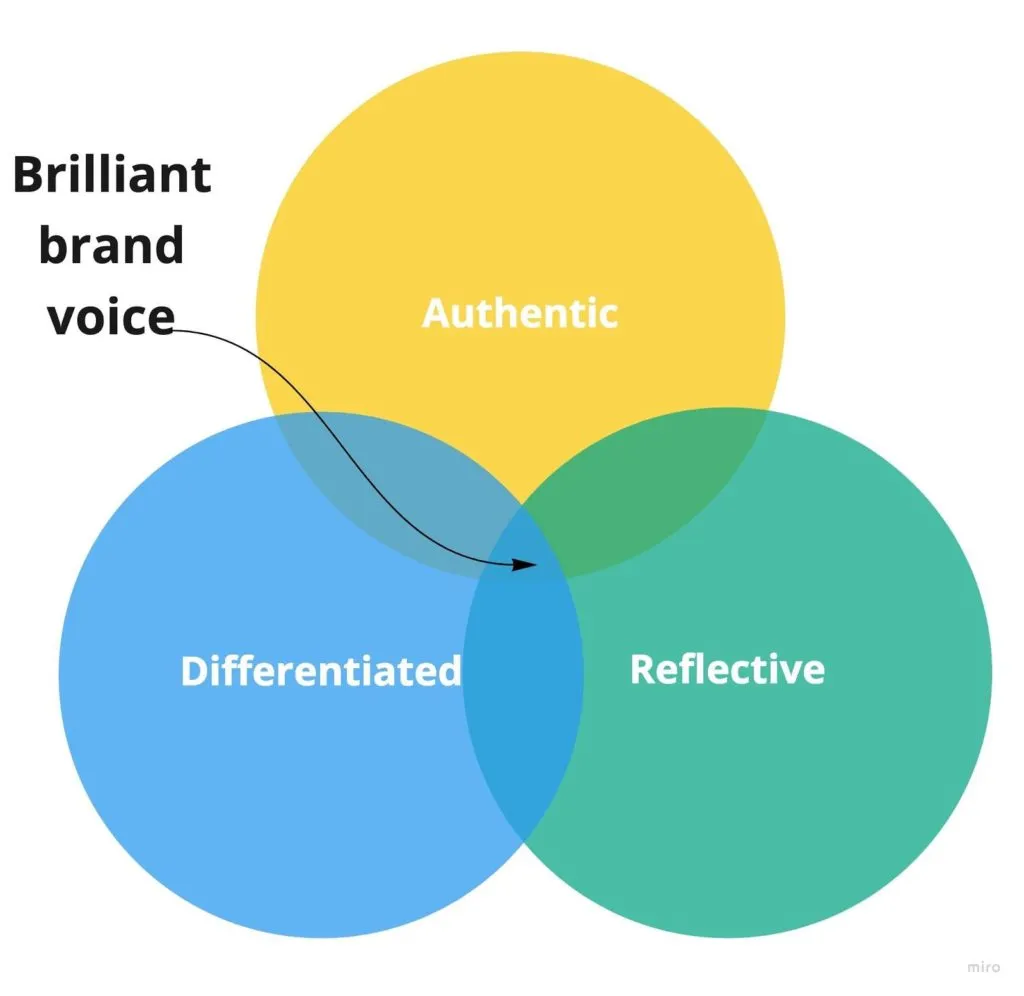
Brands today need vibrant, magnetic personalities to establish emotional connections. What unique combination of human traits and values will your brand embody? Brand voice shapes messaging, while personality forms emotional bonds.
Refine Your Brand Voice
Your brand voice is the style and tone used in external communications across platforms like ads, website copy, social content and press releases.
Consider these voice qualities:
- Language Style: Simple or sophisticated verbiage? Industry jargon or conversational wording? Classic Old Spice ads adopted a witty, exaggerated communication style full of surprise and humour that differentiated the brand.
- Tone: What attitude do you want to convey? Playful? Nostalgic? Inspiring? Humble? Straightforward? Clever? Voice captures the emotional atmosphere.
- Pace: Is your brand high energy or relaxed? Think about timing, volume, and zeal you want to achieve. Consider a tech company using quick cuts versus an outdoor brand embracing slower moments of awe in nature.
Make conscious word choices that bring out a consistent personality over time instead of generic, flat messaging.
Develop Your Brand Personality
Your brand personality helps form emotional connections through archetypal traits people can bond with. Classic brand personality dimensions include:
- Down-to-earth vs. sophisticated
- Daring vs. dependable
- Fun vs. Serious
- Confident vs. humble
- Optimistic vs. realistic
- Leader vs. friend
- Innovative vs. traditional
Pinpoint where you want your brand to land on critical spectrums. Then, communicate traits through imagery, messaging, fonts, colours, and partners. If you want a fun, optimistic brand, work with spokespeople full of energy and enthusiasm. Have messaging speak directly to the values you want associated with your brand.
Consistency Across Touchpoints
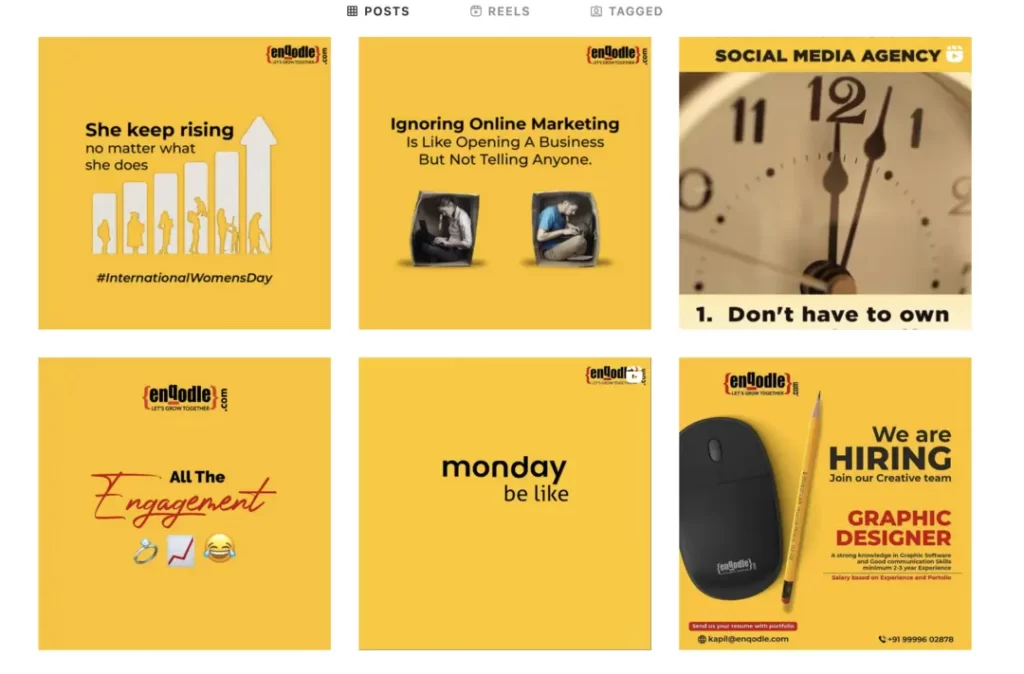
Once you determine brand pillars, voice, and personality, maintain consistency across every consumer touchpoint, from your logo to social media channels.
Logos & Taglines
Not surprisingly, a logo visually encapsulates a brand across design, font, colour palette and style. From the Swoosh symbol to McDonald's Golden Arches, iconic logos withstand the test of time.
Consider brand essence when designing: Does imagery capture personality and promise? A knitting site may feature needles/yarn, while an outdoor brand centres on mountains.
A tagline further defines identity and can powerfully shift perceptions. Creating taglines is an art and science balancing brevity, emotion and clarity. Which is more compelling:
- “Just Do It” or
- “Hope Rises”?
Both capture Nike's essence, but one is far punchier. Taglines should articulate brand distinctiveness, creating an instant perception shift about who you are and what you offer.
Packaging & Signage
Packaging design offers a tactile manifestation of the brand that consumers directly interact with. Certain fragrance brands, for instance, use sleek, elegant bottles signifying upscale sensibilities. At the same time, outdoor brands embrace more natural textures like wood or recycled materials that speak to sustainability values.
Packaging choices come down to:
- Shapes/silhouettes – Rectangular cleaner bottles connote simplicity, while curvy Coke bottles highlight the fun.
- Colours/graphics: Colour psychology calls bright reds exciting and navy blue reliable. Patterns, illustrations and actual photos make different impressions.
- Textures: Metal feels solid and secure vs flimsier plastic. Glossy vs. matte finishes portray glamour or earthiness, respectively.
- Typography: Fun bubble fonts for a whimsical brand or bold sans serifs for a modern edge.
Analyse how packaging design elements coordinate with brand pillars around quality, innovation, responsibility, etc. Then, ensure retail stores, websites, business cards, and pro sports sponsorships consistently showcase your visual identity wherever it appears publicly.
When consumers see your brand signage, interior store designs, equipment, uniforms on staff or a NASCAR vehicle wrapped in your colours speeding by, do aesthetics instantly shout out your name?
- Hardcover Book
- Johnson, Michael (Author)
- English (Publication Language)
- 320 Pages – 11/15/2016 (Publication Date) – Thames & Hudson (Publisher)
The tone of Voice in Writing
Every sentence written on behalf of your brand makes an impression on readers. Develop style guidelines around:
- Word choice – Is language simpler or more sophisticated? Contemporary or classic? Witty or sincere?
- Sentence length/structure – More short, punchy phrases or elegant, elongated sentences? Formal or casual punctuation?
- Perspective – First-person “we” or third-person references to your company name? Inclusive language like “you” and “your” draws readers in.
- Tone – Inspirational? Nostalgic? Humorous? Matter-of-fact? Literary nuances emphasise emotions
Then, analyse chunks of critical writing like blog posts, brochures, newsletters, ad messaging, email campaigns, etc. Do they speak in your brand's signature voice? Or has messaging veered off personality, creating disjointed experiences? Scrutinising language use prevents fragmented communications that confuse audiences.
Imagery & Aesthetics
Photography, illustrations and overall visual aesthetics leave powerful impressions that must align across touchpoints. Think about:
- Subject matter: What scenarios, objects or concepts reflect brand values? Show the contexts you want to be associated with your company.
- Composition: Are images more posed/polished or natural/authentic? Cropping and use of space influence reactions.
- Lighting & Colour Palettes: Bright, vibrant, or moody black and white? Do hues match logo colours, strengthening connections?
- Styling: Wardrobe choices for models, props, and locations add more profound meaning. Each visual choice works for (or against) your intended brand personality.
Analyse Pinterest pages to see which aesthetics your audience instinctively gravitates towards when considering your industry. Then, artfully match visual content with expressions already proven to resonate internally for them.
Stacked together, aesthetics across photography, videos, illustrations, and infographics must project a cohesive perspective that readers instantly recognise as your brand viewpoint. Mismatched imagery undercuts hard-fought emotional connections built over time.
Rallying Employees as Brand Ambassadors

For consumers, branding perception goes far beyond ads and logos. It forms based on fundamental employee interactions—rally staff to proactively enhance experiences and evangelise your brand.
Set Clear Expectations
Every team member should clearly understand brand pillars and their role in bringing that identity to life. Training should cover:
- Brand promise & tagline meaning – What specific commitment do we make to customers?
- Personality & tone – What traits describe our brand? How do we communicate our message?
- Customer pain points – What frustrations or unmet needs do we address?
- Products/service – Where exactly do we deliver extreme value vs. competitors?
Set clear guidelines for correctly representing the brand externally, online and off.
Inspire Brand Loyalty Internally
Employees need to drink the branded Kool-Aid before they can serve it to others. Foster a culture where teams feel actively invested in bringing brand pillars to fruition.
- Share consumer success stories: When customers provide feedback on how you delivered for them, blast it out company-wide. Rally employees pride themselves on fueling others' happiness.
- Incentivise brand consistency: Tie bonus metrics to external audits assessing how well staff maintain brand accuracy across touchpoints like call centre interactions or in-store etiquette.
- Give teams creative freedom: Invite staff to invent fresh branding activation ideas matching company values. Employees often deeply understand the subcultures you want to connect with. Let their insights shine.
The more internal teams actuate your brand purpose through actions vs just words, the stronger the long-term cultural foundation you build.
Humanising Your Brand

As marketplace competition and consumer scepticism rise, brands must nurture meaningful emotional connections beyond functional benefits. Humanise your company by highlighting real personalities, transparency and purpose-driven causes.
Introduce Your People
Put names, faces and stories behind your brand so that your personality resonates as more relatable and authentic.
- Spotlight interesting founders, employees and brand ambassadors. Their unique backgrounds, hobbies and values showcase diversity beyond branding image.
- Pull back company culture curtains. Share glimpses into everyday work life via photos, videos, and testimonials so consumers can relate personally.
- Extend visibility to customers: User-generated content creates community and validates you deliver on branding promises.
People create fundamental interactions. The more you demonstrate actual humans powering your brand, the more significant affinity audiences intrinsically feel.
Embrace Company Transparency
By openly communicating processes, data and information on internal practices, consumers gain invaluable context on business priorities. Transparency tactics include:
- Sharing production methods, sourcing policies and vendor criteria
- Posting diversity statistics and sustainability metrics
- Shining a light on R&D innovations and quality testing initiatives
- Explaining branding decisions and product iteration rationale
- Soliciting customer input and feedback for improvement
Shedding light on operational practices earns immense trust when branding messages fully match consumer reality.
Take Purpose-Driven Stands
Defend more prominent cultural beliefs beyond profits to deepen affinity with target audiences. Brands like Ben & Jerry's actively champion equality causes, while Patagonia protects public lands.
First, pinpoint social issues intrinsically crucial to your company ethos and existing fans. Then commit to driving measurable impact through:
- Philanthropic donations supporting related nonprofits
- Running awareness campaigns that spark vital conversations
- Investing R&D resources into solving systemic problems
- Mobilising customer communities to lobby for necessary policy changes
Rally audiences around shared conviction towards purpose over bottom lines. They'll proudly rep your brand for aligning morals with actions.
Crafting Distinct Brand Assets
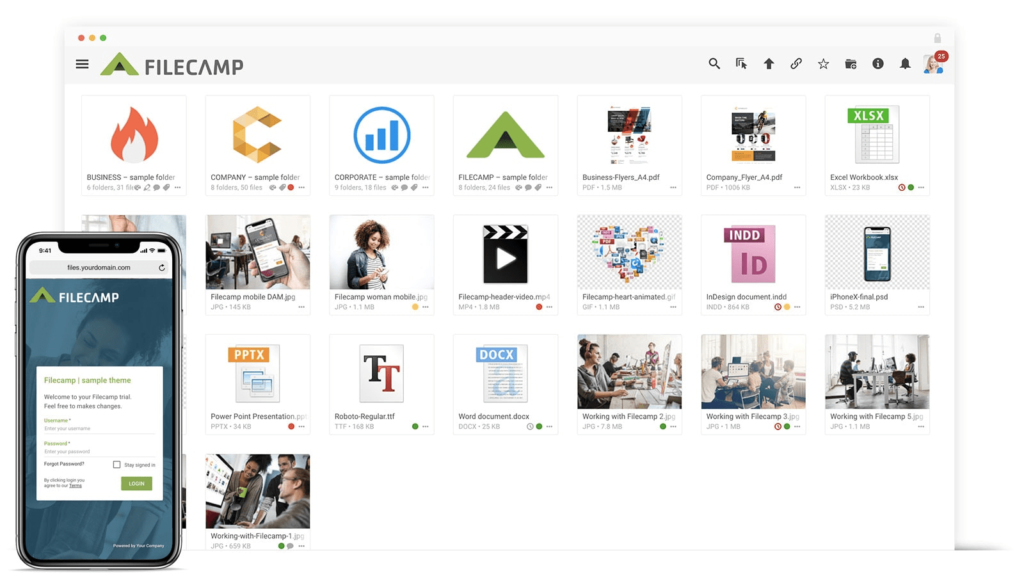
Shape unique branded content formats that captivate audiences while repeatedly reinforcing your identity. Signature brand assets showcase values through consistent entertainment or helpful resources.
Launch Signature Content Properties
Netflix's documentary series perfectly pairs desired brand traits like innovation and creativity with binge-worthy stories. Content properties like Red Bull's extreme sports events and GoPro athlete edits cement adventurous positioning.
Ideally, build streaming shows, podcasts, fixed roadshow events, or downloadable tools distinctly matching brand voice and buyer interests in the long term. Promote assets heavily across channels with clear calls to action to subscribe or experience events live. Track engagement levels over time to gauge resonance and refine.
Create Branded Holidays & Traditions
Introduce new annual traditions featuring premium experiences related to your product's value-add. Pioneered by Hallmark's holiday milestone moments, brands now craft everything from National Donut Day for Dunkin to Bloody Mary Day courtesy of Smirnoff.
Consider national “holidays” that playfully celebrate:
- Key brand invention origin moments
- Highly anticipated new product releases
- Signature events, venue openings or VIP contests
Rally influencers and fans early on to observe annual traditions amplified nonstop across social media for significant awareness boosts.
Evaluating Your Brand Positioning Strategy
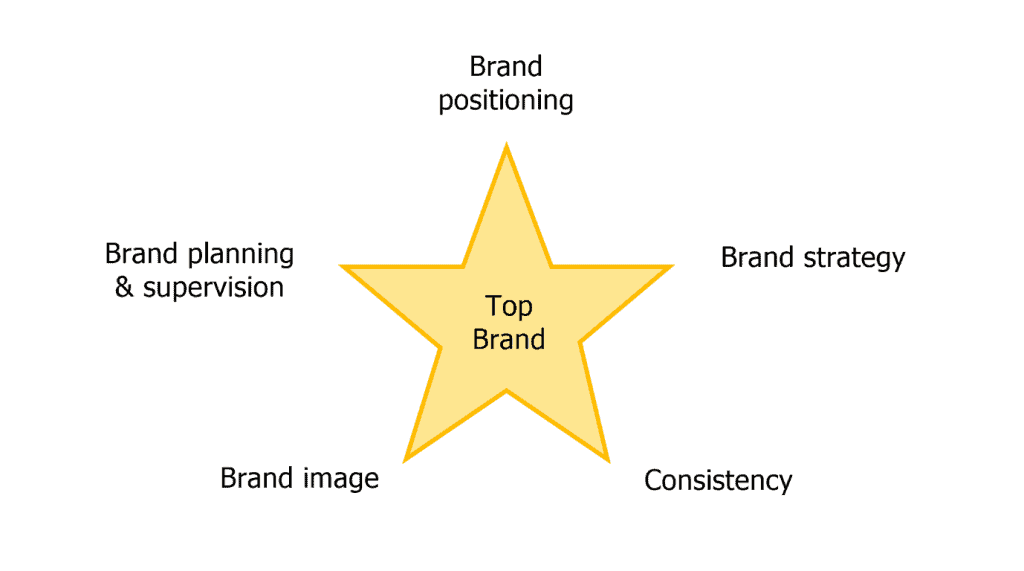
Regularly reassess brand positioning against target customers and competitors to confirm messages reflect reality. Maintain a finger on the pulse of subtle perception shifts or category innovations threatening connections.
Gauge Brand Sentiment Amongst Audiences
Continuous quantitative and qualitative research gauges how well branding strategies resonate with actual buyers over time.
- Quantitative data gathering: Regularly distribute brand health surveys benchmarking familiarity, consideration, affinity and satisfaction metrics. Track changes quarterly.
- Qualitative feedback: Conduct in-depth interviews or focus groups capturing buyer attitudes, emotions and associations regarding your brand vs. rivals.
Listen closely as core audiences describe your brand perceptions to identify potential misalignment between intended and actual reputations.
Profile Competitive Landscapes
Update competitor audits matching your brand evaluation against emerging category disruptors. What unique positionings and brand personalities do rivals adopt to lure away consumers?
- Monitor competitors’ latest messaging platforms and campaigns along with product innovation launches.
- Detail how specific brand pillars and attributes directly compare to your differentiation claims around quality, customisation or cost.
- Note any shifts in competitor growth strategies regarding new geographic territories, customer segments or expanded channel presence.
Keep a finger on the pulse of changing value propositions from existing foes and game-changing newcomers.
- Slade-Brooking, Catharine (Author)
- English (Publication Language)
- 160 Pages – 01/26/2016 (Publication Date) – Laurence King Publishing (Publisher)
Know When To Refresh Branding
Especially after decades of building brand equity, companies fear overhauling intrinsically familiar logos or taglines. But periodic modernisation ensures brands resonate amidst cultural shifts in consumer attitudes, aesthetic tastes and communication preferences.
Signs your branding needs some TLC:
- Inconsistent applications dilute impact across assets like logo placements or campaign imagery
- Stale personalities no longer match youthful, dynamic category rivals
- Dated messaging that now seems ignorant of current event realities or cultural sensitivities
- Poor associations connect your brand with negative perceptions
- Lacklustre differentiation makes it impossible to define your brand’s purpose and positioning singularly
While brands certainly shouldn’t reinvent themselves daily chasing trends, thoughtful revitalisation helps icons like McDonald’s, Coke, Old Spice, or Burger King sustain appeal across generations.
Are these the Perfect Branding Strategies?
Achieving marketing nirvana means transcending one-dimensional ads, instead immersing audiences in holistic branding universes they instinctively gravitate towards. But iconic brand building goes far beyond surface tweaks to company logos.
Last update on 2024-05-01 / Affiliate links / Images from Amazon Product Advertising API


